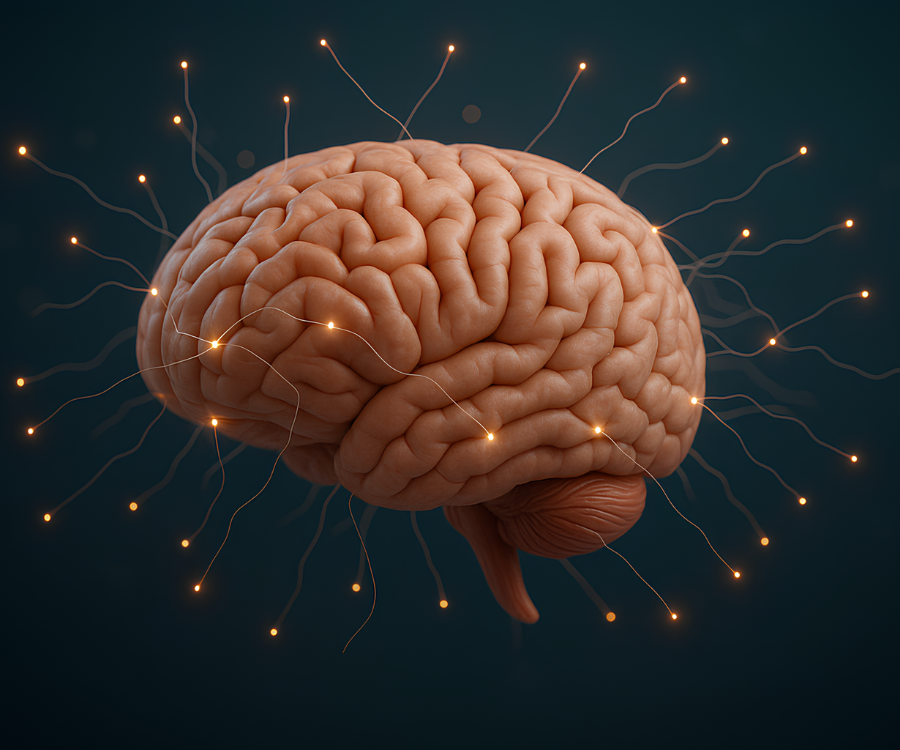The human brain is a marvel of complexity, a command center that orchestrates our every thought, movement, and emotion. But when something goes wrong, understanding the problem requires a clear look inside. That’s where a brain MRI (Magnetic Resonance Imaging) comes in.
A brain MRI is a powerful, non-invasive diagnostic tool that provides incredibly detailed images of the brain’s soft tissues. Unlike X-rays or CT scans, an MRI uses a strong magnetic field and radio waves, making it a safe and highly effective way to uncover a wide range of conditions. So, what exactly can a brain MRI reveal? Let’s take a look.
1. Strokes and Vascular Issues
A brain MRI is a critical tool for detecting strokes, which occur when blood flow to the brain is interrupted. It can differentiate between an ischemic stroke (caused by a blood clot) and a hemorrhagic stroke (caused by a bleed). These detailed images show which areas of the brain have been affected, helping doctors determine the type and severity of the stroke and guiding immediate treatment.
Beyond strokes, an MRI can also identify other vascular problems, such as:
- Aneurysms: Aneurysms are dangerous bulges in blood vessels that could rupture.
- Arteriovenous Malformations (AVMs): These are abnormal tangles of blood vessels that can disrupt normal blood flow.
2. Brain Tumors and Cysts
One of the most common reasons for a brain MRI is to detect and evaluate tumors. The high-resolution images can clearly distinguish between healthy brain tissue and abnormal growths, whether they are benign (non-cancerous) or malignant (cancerous). The MRI provides crucial information about the tumor’s size, location, and characteristics, which is essential for diagnosis and for planning treatments like surgery or radiation therapy.
3. Neurological and Degenerative Diseases
Many neurological and degenerative diseases manifest as subtle changes in the brain’s structure or function. An MRI is a cornerstone in diagnosing and monitoring these conditions, including:
- Multiple Sclerosis (MS): MRI is highly effective at identifying the telltale “white matter lesions” in the brain and spinal cord that are characteristic of MS.
- Alzheimer’s and Parkinson’s Disease: While not a definitive diagnostic for these conditions, an MRI can show structural changes, such as brain tissue loss, that are associated with their progression.
- Epilepsy: An MRI can help pinpoint structural abnormalities in the brain that may be causing seizures.
4. Head Injuries and Trauma
When a patient experiences a serious head injury or trauma, a brain MRI can reveal the extent of the damage. It can detect bleeding, swelling, bruising, or other injuries to the brain tissue that might not be visible on other imaging scans. This information is vital for managing the patient’s care and recovery.
5. Other Conditions
The versatility of an MRI means it can also be used to detect a host of other conditions, including:
- Infections and Inflammation: Conditions like encephalitis (inflammation of the brain) or meningitis (inflammation of the meninges, the membranes covering the brain) can be detected as areas of swelling or fluid accumulation.
- Congenital Abnormalities: An MRI can identify developmental issues in the brain that may have been present from birth.
- Causes of Chronic Symptoms: For patients with unexplained chronic symptoms such as persistent headaches, dizziness, or vision problems, a brain MRI can help doctors uncover the underlying cause.
What to Expect During a Brain MRI
Getting a brain MRI is a straightforward and painless procedure. You will lie on a table that slides into a large, tube-like machine. The machine makes loud tapping noises, so you’ll be given earplugs or headphones. It’s crucial to remain as still as possible during the scan, which typically lasts anywhere from 30 to 60 minutes. In some cases, a contrast dye may be injected to enhance the clarity of the images.
The detailed images from a brain MRI are then interpreted by a radiologist, who provides a report to your doctor. This report, combined with your symptoms and medical history, helps your doctor make an accurate diagnosis and develop the best possible treatment plan.
In the world of modern medicine, the brain MRI stands out as an indispensable tool, helping doctors see beyond the surface and get to the heart of the matter—or rather, the brain of the matter.

No comment